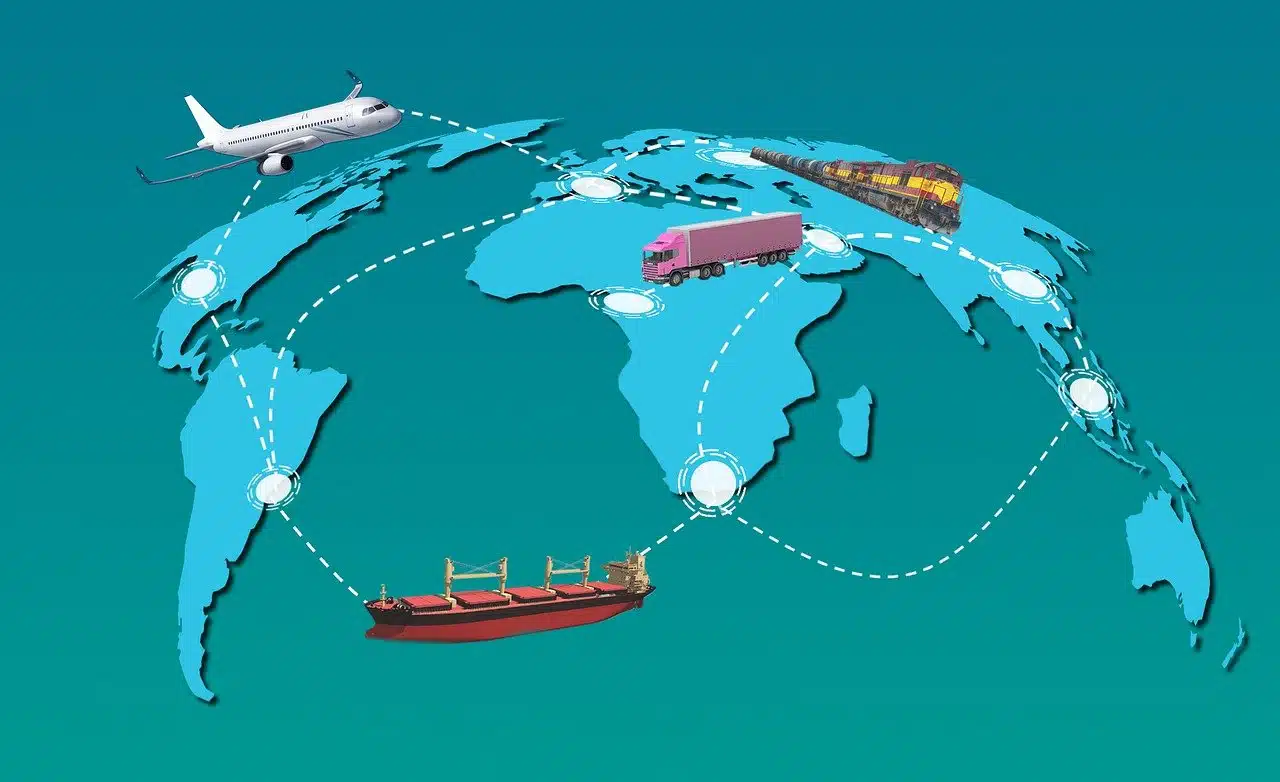
A free trade agreement (FTA) can boost the economic development of the signatories.
A free trade agreement (FTA) is an agreement established by two or more States to eliminate or reduce tariff barriers that hinder import and export operations. These agreements are carried out according to the rules of international law .
Before moving forward, it is important to indicate that an international treaty is an agreement between countries that allows the establishment of certain rules or guidelines for the resolution of a problem or to regulate a certain aspect of relations. The idea of free trade , meanwhile, is associated with the freedom to carry out an exchange of goods without these operations being affected or altered by restrictions beyond those imposed by law.
An FTA , therefore, lays the foundations for two nations or groupings (such as an economic bloc ) to enhance the commercial transactions they enter into with each other. The purpose is to remove or moderate the restrictive measures that threaten the development of the operations in question.
Origin of free trade agreements (FTA)
The origin of free trade agreements is in the 19th century . According to the Oxford English Dictionary , the first reference to a free trade agreement was made in 1877 within the framework of the link between Australia and its colonies .
In any case, there were previously agreements that today would be mentioned as free trade agreements. That is the case of the agreement that, in 1860 , France and the United Kingdom signed.
Promoted by the Frenchman Michel Chevalier and the Englishman Richard Cobden , the treaty modified the tariffs between the two countries. This trade agreement, known as the Cobden-Chevalier Treaty , gave rise to other similar initiatives at the European level.

Free trade agreements are important tools in a market economy affected by globalization.
Characteristics of the agreements
It is important to note that a tariff is understood to be a rate set by the State for customs duties. This is an amount applicable to those goods that are imported or exported.
Tariffs allow the State to increase its tax collection . At the same time, import tariffs cause the imported product to become more expensive, thereby indirectly protecting the national industry .
What a free trade agreement generates is to reduce or even eliminate the tariffs involved in commercial relations between two or more nations. By creating a free trade zone , purchases and sales of products among the signatories are promoted.
FTAs, therefore, represent a trend contrary to protectionism (economic policies that, by hindering the entry of foreign products into a country, aim to prevent competition to favor local production ). It should be considered that an FTA only sets conditions for trade in goods or trade in services between the signatories, without representing political or economic integration of any other kind.

Although they are able to encourage foreign direct investment , FTAs can have negative consequences in emerging markets.
Classification of free trade agreements
Free trade agreements can be classified as bilateral or multilateral. Bilateral treaties are signed between two parties, while multilateral treaties are signed by three or more actors.
Chili y Australia, por ejemplo, acordaron un tratado bilateral de libre comercio en 2008 que entró en vigencia al año siguiente. Lo mismo hicieron Colombia y Canada con un pacto firmado en 2008 y en vigor desde 2011.
Multilateral treaties are not as frequent due to the complexity of the negotiations. Mercosur (Southern Common Market) and the Andean Community of Nations , to mention one case, established a macro agreement to promote free trade among their members.
It should be mentioned that, in addition to tariff modifications, a free trade agreement usually establishes new conditions for transactions , with changes in different regulatory issues linked to investments, competition, intellectual property, labor issues, electronic commerce and environmental protection.
Positive and negative aspects
The positive and negative aspects of free trade agreements are put forward by economists and politicians. Although the effects can be contrasted with empirical data (such as statistics and economic indicators ), the rating of FTAs generally depends on the ideology of the analyst.
Those who defend FTAs highlight that they favor the circulation of better quality products, contribute to promoting foreign investment , provide stability to international trade and favor the profits of companies dedicated to import and/or export.
Those who oppose these treaties maintain that the majority of local producers are not in a position to compete against large industries from abroad. If business relocation and dumping are added to this, the FTA can lead to increased unemployment. On the other hand, when there is economic inequality between the signatories, these pacts tend to favor the most powerful country .
FTAs affect the balance of payments that records a country's transactions with foreign countries. The trade balance can show a surplus (when income from exports exceeds expenditure on imports) or a deficit (if the opposite happens). The elimination of trade barriers alters this relationship, potentially benefiting or harming local economic growth and sustainable development .
